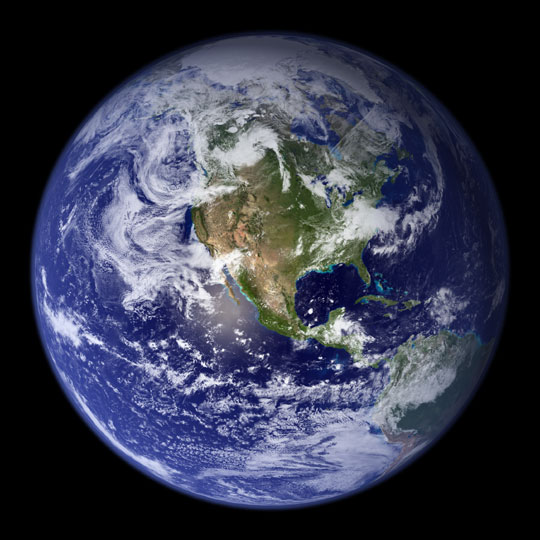I love science!
Especially, I love various explanations that science offers of things. I realized this the day I first read about the electron transport chain (or ETC), or oxidative phosphorylation. That’s a mouthful, but the basic principals are simple as 2+2=4.
If you want to know already, the ETC is an fairly complex series of reactions which take place in the inner membrane of organelles (thingies inside cells) called mitochondria. Among other things, what these reactions do is pump positively-charged protons across the membrane to set up an electric potential — a battery! And when the battery is sufficiently charged, it discharges to power a kind of mill. Unlike a mill which is driven by water to power a device for grinding up grain, this mill is driven by the electric potential to power a machine which puts things together – phosphate and something called ADP (the “D” is for “di”, meaning two, in this case, phosphates) – into a similar thing with three phosphates and called ATP (where the “T” is for “tri”, of course). And ATP is a miniature battery1 in itself which can be shuttled around and used to power other processes, such as contraction of muscles. Simple, n’est-ce pas?
The discovery – at least, I saw it that way personally – was for me a moment of illumination and surprise and even jubilation. It was so simple, so practical. And it’s all physics! Well, almost.
(I will admit here that I started my career as a physicist and have always loved that subject. But a lot has happened since I left the field in 1972!)
There have been other such “eureka” moments in my science reading:
- the gorgeous, lacy filament structure of the distribution of galaxies on an unimaginably large scale;
- the regulation of protein expression by transcription factors – in plain English, how a cell’s environment tells it which DNA recipes to use to make proteins, so a heart does not manufacture liver proteins, for instance;
- the fact that what we see out there – cats and beautiful landscapes and cabbages – ain’t what is really there, as well as the way our brain constructs that impression (or illusion?);
- the mechanism of plate tectonics and the movement of the plates around the Earth since their formation, including the formation at least once of one single giant continent, Pangea;
- the way stars are formed and maintain themselves as an equilibrium (balance) between outward pressure from the “burning” interior and the inward gravitational pull of the huge amount of matter composing the star;
- the sodium-potassium pump, a thingy in the membrane of cells, which pumps sodium ions out from and potassium ions into the cell in differing numbers so as to set up another electric potential across the cell wall, and how this can lead to a burst of electricity (an “action potential”) which can travel down a neuron and initiate the release of chemical substances which tell another neuron to do the same thing, and so on in series until a circuit sends a message to, say, a muscle or maybe commits something to memory (and whatever that may mean is also fascinating);
- the ingenious way retinal cells massage light signals to limit traffic over the optic nerves;
- and lots more.
I also love the way science works. What with peer-reviewing and repeating of key experiments, we can be pretty damn sure about what we have learned. Even if another theory one day supplants the current one in some field, it will have to start by explaining the same things the current one does, so we really will not have lost anything – except some ignorance.
And the things science is not yet sure of could fill books, things like:
- how to make the physics of the infinitesimally small (quantum mechanics) cohabit with the physics of almost-infinitely big (general relativity);
- the possible existence of other factors influencing evolution aside from the four classics – natural selection, mutation, genetic drift and gene flow;
- just how old life is on Earth, currently thought to be around 3.5 billion
years, but maybe more; and how did it start; - and much more.
In order to share my enthusiasm, as well as to provide myself with an aide-mémoire, I have put together this site which will discuss and hopefully illuminate all the above subjects and others. Granted, it’s pickings of what I find most interesting, but I hope you will too.
So let’s get started. There is some more bla-bla here or you can go straight to the table of contents or to the first page of science.


